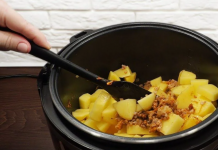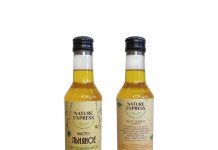Olive oil, a cornerstone of the Mediterranean diet, has been celebrated for centuries not only for its versatile culinary applications but also for its numerous health benefits. Extracted from the fruit of the olive tree, this oil is rich in monounsaturated fats, antioxidants, and anti-inflammatory properties, making it a heart-healthy choice for cooking and dressing. In this exploration of olive oil’s role in cooking, we’ll also touch upon an intriguing aspect: the use of tea olive leaf, another product of the olive tree, which adds a unique dimension to culinary practices.
The essence of olive oil lies in its quality grades, which range from extra virgin olive oil (EVOO), the highest quality with no chemical treatments and low acidity, to more refined oils suitable for high-heat cooking. EVOO is best used for dressings, dips, and low-heat cooking, as it preserves its flavor, nutrients, and health benefits. Its rich, fruity, and sometimes peppery taste can enhance the simplest dishes, from a fresh salad to a piece of grilled fish.
When it comes to cooking, olive oil’s versatility shines. It can be used for sautéing, roasting, and even baking, offering a healthier alternative to butter and other saturated fats. Its high smoking point, especially in the case of refined olive oils, makes it suitable for frying, although EVOO is preferred for its flavor and nutritional profile. Incorporating olive oil into daily cooking can contribute to a balanced diet, supporting heart health and providing antioxidant properties that protect against diseases.
Beyond the oil itself, the olive leaf, particularly from the tea olive variety, holds its own culinary and health significance. Tea olive leaf, with its distinct aroma and taste, can be brewed into teas or used as an herb in various dishes. This part of the olive tree is noted for its polyphenols, compounds that can further enhance the antioxidant benefits found in olive oil. The incorporation of tea olive leaf in cooking, whether through infusing oils or as an ingredient in recipes, adds a layer of complexity and health benefits, reinforcing the olive tree’s status as a treasure of the culinary world.
In innovative culinary circles, the combination of olive oil and tea olive leaf is being explored to create unique flavors and health-centric dishes. Chefs and home cooks alike are experimenting with these ingredients, showcasing the versatility and depth they can add to cuisine. From infusing olive oil with tea olive leaf for a distinct dressing to incorporating the leaves into marinades and sauces, these components of the olive tree elevate dishes with their robust flavors and health-promoting properties.
In conclusion, olive oil remains a staple in cooking for its versatility, flavor, and health benefits. The exploration of tea olive leaf in culinary practices opens new avenues for creativity and health-conscious cooking. Together, these elements of the olive tree exemplify the blend of tradition and innovation in the culinary world, offering endless possibilities for enhancing dishes while contributing to a healthy diet. As we continue to discover the multifaceted uses of olive oil and tea olive leaf, we celebrate the rich heritage and ongoing innovation that these ingredients bring to our tables.








